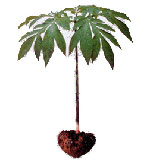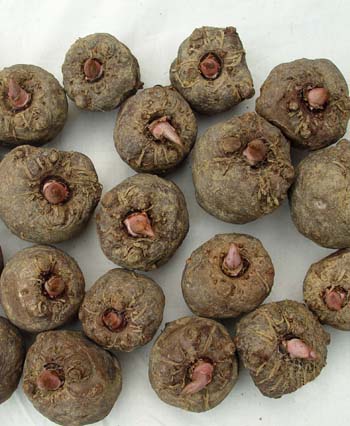History of Konjac Foods
Cultures in East Asia have used Konjac fiber for more than fifteen hundred
years. China is the major growing region of the Konjac plant and has
been used for centuries as both a food and a traditional medicine. In
Japan, Konjac foods have been consumed for over 1500 years. An early
Japanese text first recorded how the Konjac noodle was made. This text
described the addition of limewater to the mashed root to form the gelled
noodles, the same principal method of preparation used today.
Konjac has been grown and used in Japan and China as an important part
of a traditional healthy diet. It was believed that Konjac based foods
helped to excrete waste and toxic elements from the body. Recently,
Konjac foods have once again become very popular in Japan. In fact,
Konjac has become a part of the daily diet for most Japanese families
for its digestive tract benefits and toxin removal. Modern uses of the
Konjac noodle can be traced to inclusion in soups and stews. Konjac
foods in Japan are generally called konnyaku, while the angel hair type
of Konjac noodle is called shirataki noodles.







